The first step in constructing a new building is site preparation. This process involves first documenting the condition of the site, determining what work needs to be completed, protecting the site and surrounding properties, and then clearing and excavating as required. Site work and excavation contractors need to understand what is involved in each step of the preparation process to provide the best services to their customers. After we look at the process and its steps, we included a checklist to help contractors make sure they haven’t missed an important aspect before work begins.
What is construction site preparation?
The construction site preparation process prepares a construction site (bare ground) for building, road, bridge,
or other construction to take place. It includes activities like surveying, ground clearing, excavation, grading, gravel placement, compaction, etc.
Why is site preparation important?
- It provides the structural base for the building, road, or other structure. The base of a project needs to be level, solid, compacted, and clear from debris and other natural elements to provide a good solid foundation for the project. Since a building’s foundation sits on the ground, the ground needs to be structurally sound and able
to support the weight of the building, its systems, and occupants. - Site preparation removes obstacles and debris from the site that helps improve the safety of the project.
- It reduces the impact on the surrounding environment. Construction projects create a lot of disturbances to the environment. By implementing erosion and storm water runoff management techniques, contractors can help keep soil, water, and debris on site, where it won’t affect the properties around it as much.
- The process also involves constructing access points for people and vehicles during the project. These access roads or driveways help keep workers and machines operating smoothly and efficiently, as well as helping to reduce environmental damage.
Steps in site preparation
The construction site preparation process involves the following steps:
- Site evaluation, surveying, and testing. Designers, surveyors, and testing companies visit the site to document the existing conditions and size of the site, mark its borders, test soil conditions, and inspect the site for potential contamination or hazards, like buried tanks or chemical leaks. Much of this work is done during the planning and design phases of a project, as the information gathered can impact a project’s design significantly.
- Next, the project designers begin the process of documenting the site’s design. This will include the location of the building(s) or infrastructure, utilities, drainage, and elevations of the land that will be required for the finished project to operate correctly. This work is performed by engineers and architects who collaborate
to determine the best design features and locations. - Once the design has been finalized and work permits have been issued, work can begin to clear the site. Contractors generally use heavy equipment, manpower, and other vehicles to remove debris from the site (including any existing buildings slated for demolition, trees, other plant material and vegetation, etc.). This debris may be reused on-site or hauled to a landfill or recycling center.
- As the site is being cleared, controls are established to prevent soil and water runoff from negatively affecting the surrounding properties and to stabilize the soil. These controls may involve installing silt fences, biobags to filter contaminants from water runoff, use of riprap, construction of retaining walls, and other controls to keep soil and water on-site.
- The contractor then adds the required gravel and sand to make the earth stable, grades and contours the soil according to the plan, and then compacts it to provide a stable base for the building, bridge, or road. At this point the site is ready for construction to begin.
Site preparation checklist
To help ensure that your site is properly prepared for construction to begin, here is a checklist:
- Site Evaluation
- Visual observation and/or site visit to note and document the presence of:
- Property boundary lines
- Overhead electrical lines or other obstacles
- Debris
- Site obstacles (large rocks, trash, etc.)
- Site access challenges
- Soils testing to determine:
- Soil is suitable for construction
- Soil stability
- Liquefaction
- Identify slopes and test stability
- Groundwater level
- Soil type
- Soil bearing capacity
- Locate and mark on-site utilities
- Visual observation and/or site visit to note and document the presence of:
- Site Security
- Proper lighting to reduce dark spots
- Perimeter fencing with locked gates
- Signage (“No trespassing”)
- Security personnel, surveillance, or cameras
- Site Boundaries
- Property line identification and staking
- Install temporary fencing
- Clear Site
- Install erosion and water runoff control measures
- Remove debris, vegetation, buildings, etc.
- Level and grade the site
- Project Excavation
- Submit plans and receive permits
- Establish and enact trench safety plan
- Stake building layout
- Excavation for foundation, basement, footings
- Add required gravel, sand, soil, soil amendments
- Compact soil to required finish elevations
- Soil treatment for termites, if required
- Final site grading and contouring





